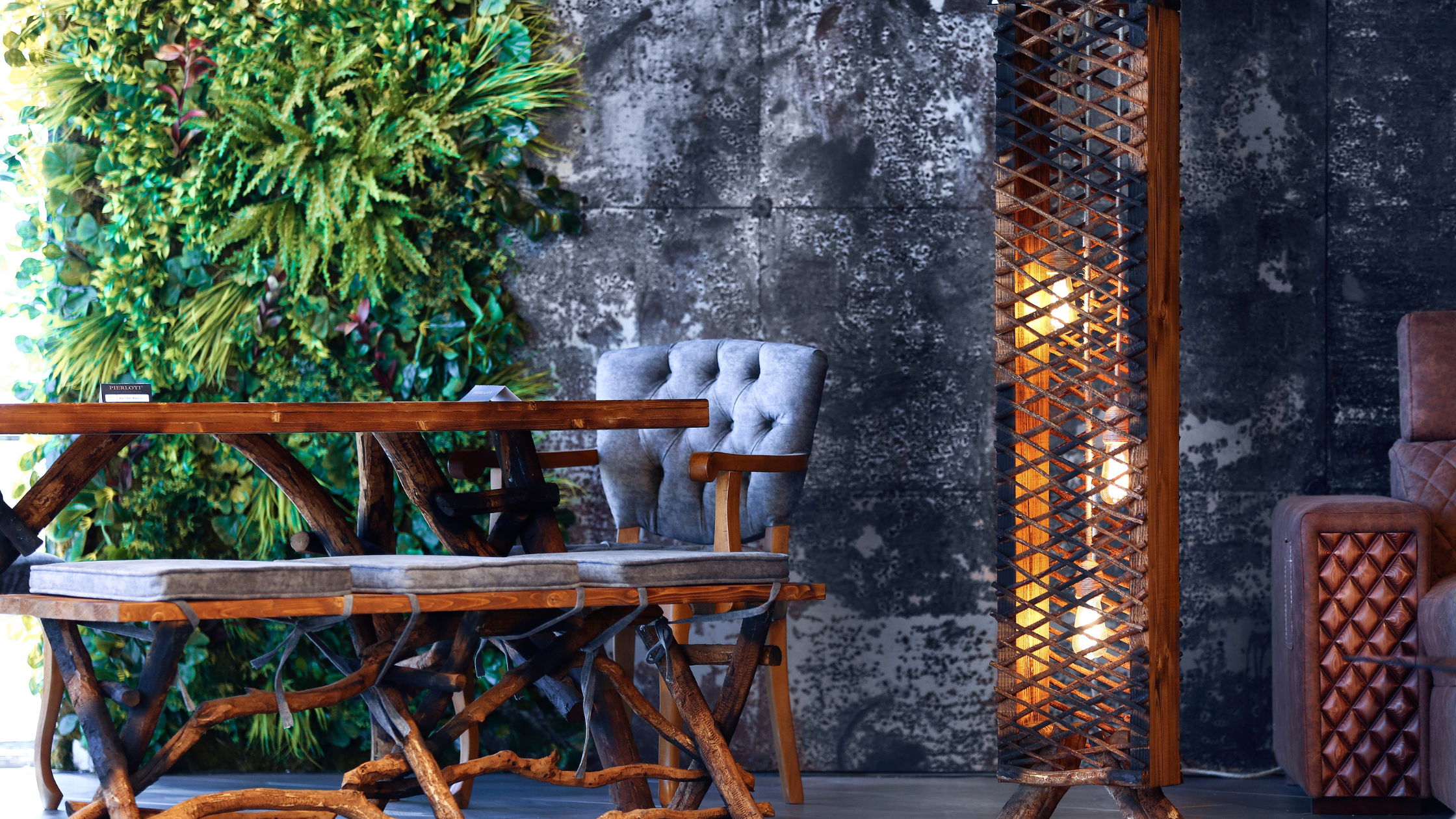Creating a Natural Home: Integrating Nature Through Living Green Walls
BRINGING NATURE INDOORS
In today’s world, where home environments influence our mental and physical well-being, integrating natural elements has become increasingly popular. From organic materials to indoor greenery, biophilic design celebrates our innate connection to nature. In this first of a two-part series on creating a natural home, we explore the transformative role of living green walls—not only as a visual statement but also as a key contributor to a healthier, more balanced living space.
WELLNESS BENEFITS OF GREEN WALLS: THE SCIENCE BEHIND THE DESIGN
Green walls are more than a visual addition; they provide real wellness benefits that improve indoor air quality, reduce noise, and enhance mental clarity. Incorporating plants indoors has been shown to reduce stress, elevate mood, and purify the air, aligning with the principles of the WELL Building Standard. By supporting air quality and mental well-being, WELL promotes biophilic elements as tools for a healthier indoor space WELL Certified. Living walls act as natural air filters by absorbing CO2 and releasing oxygen, promoting fresher, cleaner air. Their calming visual presence has also been shown to reduce anxiety and foster a sense of tranquility, making green walls a fitting choice for wellness-focused homes.
GREEN WALLS AS FUNCTIONAL ART
Green walls provide a blend of function and aesthetics, creating visually captivating installations that add texture and vibrancy to any room. Available in various configurations, green walls can accommodate different lighting and humidity levels, making them suitable for a wide range of spaces.
Strategically placing green walls in high-traffic or relaxation-focused areas—such as living rooms, bedrooms, or home offices—maximizes the mental and physical benefits of greenery. Not only do they serve as eye-catching focal points, but they also enhance the homeowner’s connection to nature.
THE ENVIRONMENTAL BENEFITS OF LIVING WALLS
For eco-conscious homeowners, green walls are a sustainable decor choice. Many installations incorporate recycled materials and feature low-maintenance systems, further aligning with eco-friendly design principles. By incorporating natural materials like wood or reclaimed metal into the green wall frame, these installations achieve a cohesive, grounded look that complements sustainable interiors.
ADDRESSING COMMON QUESTIONS ABOUT GREEN WALLS
For those considering green walls, several practical questions often arise. Here are a few common ones:
Maintenance: Many green walls come with low-maintenance watering options, such as drip irrigation systems, making them ideal for busy lifestyles.
Lighting: Most green wall plants thrive in indirect natural light; however, grow lights can support installations in areas with less exposure to sunlight.
Selecting Plant Species: The choice of plants will depend on the room’s conditions. Hardy plants, such as pothos and philodendrons, work well for low-light spaces, while ferns and mosses flourish in humidity-rich rooms.
THE LIVING POWER OF GREEN WALLS
Green walls beautifully blend wellness benefits with a natural aesthetic. By improving air quality, reducing stress, and adding sustainable decor to any room, green walls offer a path toward creating a sanctuary within the home. For those interested in the wellness benefits of living green walls, reach out to explore how we can help design a space that brings nature indoors, creating a calm, rejuvenating environment.
About the Author
Dale Alleyne-Ho is the founder of Alleyne & Co. Designs, specializing in sustainable, biophilic interior design that integrates natural elements to create balanced, wellness-focused living spaces.

